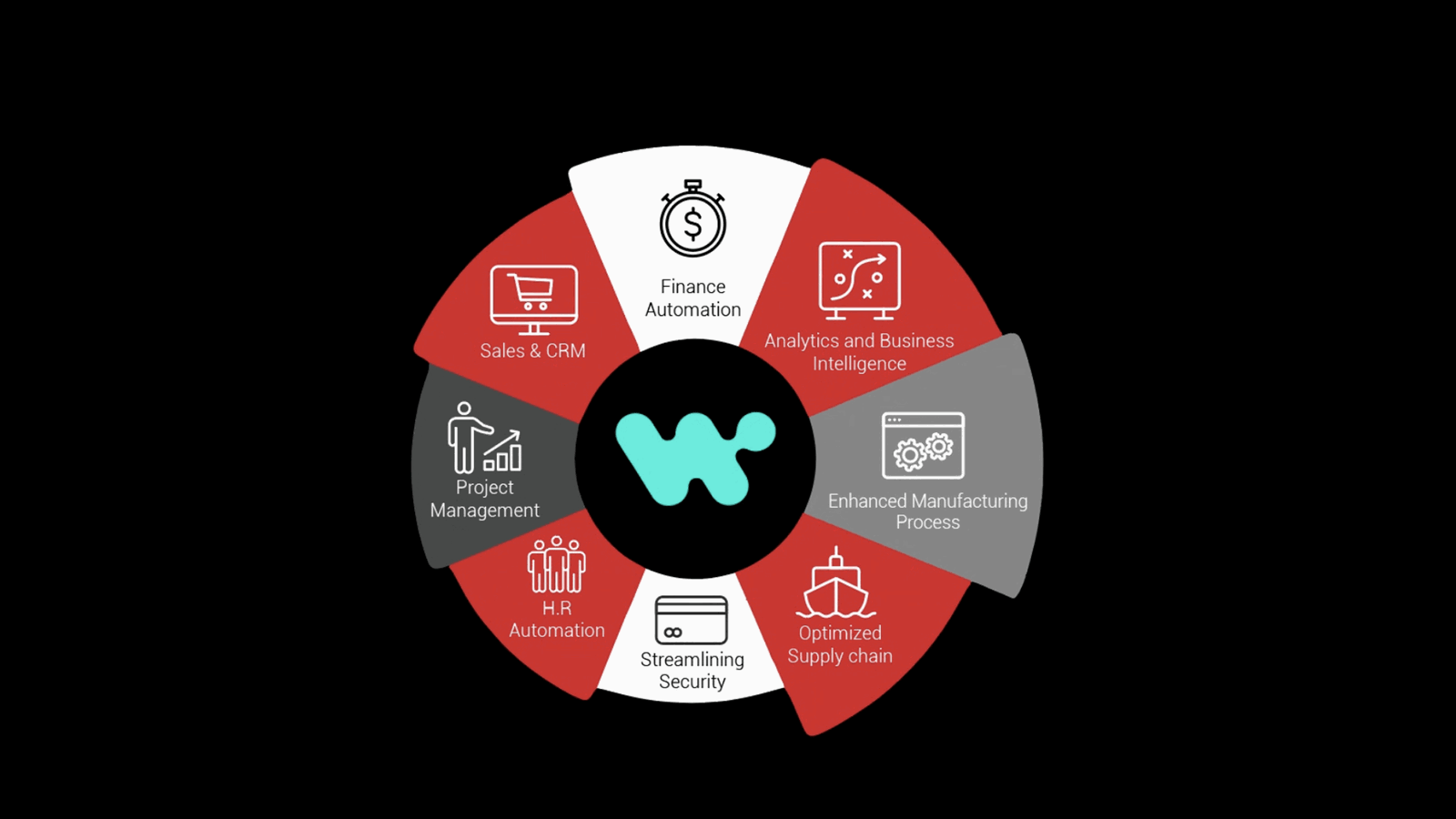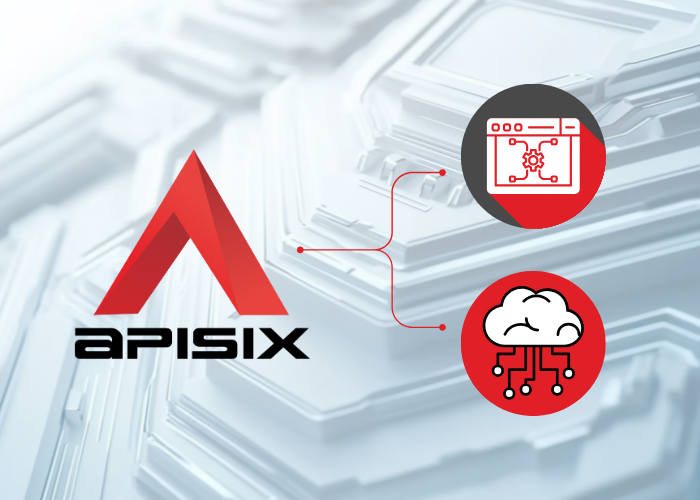Organisations face challenges like insufficient data management and rising customer demands on a daily basis. ERPs could be the answer to addressing these pain areas, and a robust integration solution could supercharge the interactions between your ERP and other key systems. Workato, an Integration Platform as a Service technology (iPaaS), may be one such solution. This article will highlight the implications of Workato for ERP integrations and why you should consider adopting it for your organisation.
|
About Workato
Workato’s main function is that of an Integration Platform as a Service—a bridge between disparate systems with many features to facilitate these integrations. For instance, Workato uses automation to reduce the effort it takes to put together a connection that would otherwise consume too much time and technical expertise. Furthermore, it offers a low-code/no-code user experience along with automation templates called ‘recipes’ that significantly ease customisation and implementation.
As you read further, you will learn how the Workato platform boosts the value of your ERP integrations.
The significance of ERP integrations
So why do you need to integrate an ERP? Is it a necessary tool to speed up your processes? Let’s break down some of its use cases and benefits for enterprises:
Use Cases and examples of ERP integration
Here are 3 common use cases and examples where ERP integration would be useful:
- Financial management: ERPs can be used to monitor expenses, revenue, and transactions made by the company. Using historical data, they can also perform forecasts and generate financial reports that aid business-level decision making.
- Supply chain management: ERPs provide a centralised view of the organisation’s inventory by combining data from suppliers and customers. This helps track goods from production to delivery, providing visibility into stock management activities.
- Human resource management: ERPs facilitate HR tasks including recruiting, payroll, records management, leave allocation, and so on. ERPs may also allow employees to help themselves on a user-friendly, self-service interface. Through this, they can manage different parts of their records such as leave requests and performance reviews.
What are the benefits of ERP integration?
Let’s take a look at 3 benefits of ERP integrations and how they could positively impact your organisation:
- Unified view of data: instead of data existing on different applications (data silos), an ERP can merge all organisational data to create a consistent and accurate image of it across business functions. This reduces data access times and streamlines processes.
- Deeper data visualisation and analyses: most ERP tools offer some level of reporting and analytics that help identify and handle pain points arising within the organisation, in areas such as marketing, sales, finance, and inventory.
- Improved decision making: due to its ability to curate data in a timely and accurate manner, ERPs support data-driven decision making, which can lead to your company’s future-ready presence in the market.
Want to learn more about ERP integrations and modernisation? Check out our article on the topic: Connecting the dots to business excellence: A guide to ERP integrations.
Workato’s unique contributions to ERP integrations
An ERP integration involves connecting an ERP software to other applications that exist within the company. In the past, the average organisation was equipped with far fewer applications than what exists in an enterprise IT environment today.
Additionally, ERPs have evolved past their identity as traditional, legacy systems to cloud-hosted ones. Therefore, it was reasonably effective to rely on APIs and manual API management to integrate the traditional ERP with other systems. Presently, it is unfeasible to perform ERP integrations—especially cloud-based ones—without a proper integration solution to reduce manual intervention in ERP-focused activities.
This is why an iPaaS like Workato is the perfect package for companies with an expansive list of IT systems to integrate. They offer pre-built connectors to build integration flows at a much faster rate. An iPaaS solution can deal with ERP integrations of all varieties, such as ERP-CRM, ERP-BI (Business Intelligence software), ERP-HCM (Human Capital Management software), and so on.
How does Workato differ from other iPaaS?
Using Workato for ERP integrations, you can stand apart in the following ways:
- Intelligent automation helps create integrations at an accelerated pace.
- Pre-built templates help companies improve their business functions. For example, Workato has a pre-built integration to an ERP called Infor with automations to help maintain ledgers, billing and ordering data from other applications, e-commerce applications and so on.
- Custom scripting allows developers using Workato for ERP integrations to have full control over executing complex workflows.
- Advanced data mapping tools specifically catering to ERP data structures aids data quality and consistency.
- Version control aids integration no matter how many times the ERP is updated by the company.
- Finally, extensive support such as documentation and a strong community provide users with the assurance needed for their ERP integration journey.
If you need help integrating your ERP to other applications through Workato, contact us now.
How to use Workato for ERP integrations
Here’s a step-by-step guide to use Workato for ERP integrations:
Step 1: Understand your ERP Integration Requirements
Identify the ERP system you want to integrate and highlight the integration goals you want to achieve. Document the processes you want to integrate such as order updates, transaction history, inventory changes, customer information, and so on.
Step 2: Create a New Recipe
Workato refers to integrations as “Recipes”. Within your project, click on the ‘Create Recipe’ button to initiate a new integration. Choose your ERP as the trigger app. Workato provides a selection of pre-built ERP connectors for popular ERP systems. Finally, define the trigger event that will initiate the integration. The trigger depends on an event that occurs in the application, such as an ERP record that’s been newly added or updated.
Step 3: Configure Connections
Connect your ERP system to Workato by entering the necessary credentials and access permissions. Select the action app you want to integrate with your ERP system. This is the application in which an action will take place upon an event or trigger in the ERP, such as a reading data from or writing to the application. Common action applications include CRMs, e-commerce platforms, or any other business software.
Step 4: Map Data Fields and Filters
Define how data will pass between the ERP system and the action app. Map data fields from the ERP trigger to corresponding fields in the action app. Apply filters to determine the conditions under which the integration should trigger. For example, a filter could specify that to trigger your Workato integration workflow, a new sales order recorded in the ERP should exceed £2000. Lastly, use data transformation functions to format, modify, or enhance the data.
Step 5: Test and Activate
Before activating the integration, perform a test to verify data is flowing correctly between the ERP system and the action app. Once you are satisfied with the test outcomes, activate the recipe to enable or deploy your integration.
Step 6: Monitor and Maintain
Continuously monitor the integration for the detection of errors or issues. Update the integration accordingly to accommodate changes in your ERP system or the action app.
Step 7: Document and Train
Document the integration process such as configurations and all troubleshooting steps. Train your team on how to implement and manage the integration.
Advantages of Workato for ERP integrations
While implementing Workato for ERP integrations, some benefits for your organisation may include the following three:
Scalable integrations
As your organisation grows, you may have to stretch your ERP integrations to cover a wider breadth of applications. Workato’s scalability ensures that the company’s growth and the development of your IT ecosystem align perfectly with each other.
Customer satisfaction
Workato can integrate ERPs with CRMs and other customer-centric applications, making client-facing tasks easier with its capabilities. If customer service representatives are a big part of your workforce, they can benefit from Workato’s real-time data synchronisation to answer customer questions and guide them through the sales process.
Cost saving and resource efficiency
Workato’s intuitive interface saves non-technical users the time to grasp the platform’s basics and build quick integrations. This lessens the needs for additional training and frees up employees for more strategic thoughts. Additionally, resource allocation becomes more precise due to faster integrations and reduced overhead faced by the IT team.
Conclusion
In an era where efficiency is valued above all else, Workato stands out as a great solution for ERP integrations and other iPaaS applications. It simplifies an organisation’s intricate requirements and helps them flourish in today’s dynamic marketplace. With Workato for ERP integrations, your roadmap to connecting your systems becomes more than just that; it becomes a strategic venture towards growth and success.
Do you have questions about Workato’s capabilities? Chakray is more than willing to help! Contact us and our experts will get in touch with you to respond to your needs.


Talk to our experts!
Contact our team and discover the cutting-edge technologies that will empower your business.
contact us





